Soundproofing walls is a fantastic way to minimise sound transfer through your internal walls as well as the external walls in your property (residential and commercial). If you are seeking decreased noise levels from a variety of external factors, soundproofing is an ideal way to create this environment.
How you insulate your walls will depend on your budget and the types of walls you’re working with. From acoustic slabs to acoustic roll and acoustic plasterboard, all are capable.
So, which soundproofing insulation is for you?
That’s what we’re here to find out!
Read through our handy guide to find out how to soundproof a wall and all of the information that you need, from building regulations to the best soundproofing materials options for walls and how to complete the project.
Table of contents
- Will soundproofing a wall work?
- Are there any building regulations about soundproofing a wall?
- What are the best soundproofing materials for walls?
- How to soundproof a wall
Will soundproofing a wall work?
Absolutely! There are many benefits of acoustic insulation and soundproofing.
Soundproofing a house wall (or more than one!) can improve your quality of life. Why? For many different reasons!
Reducing unwanted noise is one of the best ways to help you relax and feel comfortable in your home. It helps give you the privacy you need.
Soundproofing also allows you to live as you like in your space. For example, you can put the children to bed and still watch your favourite movie without disturbing them.
A decrease in noise pollution is good for our health and well-being too. In fact, some studies have found high blood pressure and some forms of heart disease linked to prolonged exposure to noise. Hearing impairment can also derive from continuous exposure to loud sounds.

Are there any building regulations about soundproofing a wall?
The short answer? Yes.
The long answer? Yes, you can find these in Part E of the Building Regulations 2010. This section explains all the acoustic requirements of residential buildings in the UK. It’s also worth viewing the building regulations for soundproofing party walls. Party walls are defined via the government party walls and building work page.
In 2015 the document had an update. This update added a lot more information about the regulations. Including everything from acoustic insulation of separating walls and floors between dwellings, to acoustic insulation between rooms within a single dwelling.

This act features residential homes. They must adhere to specific acoustic performance standards. If you own a residential home, the property must be adequately protected from both airborne and impact sounds. The former is weather and aircraft noise and the latter consists of traffic and playground sounds.
A pre-completion test (PCT) checks a property is complying with these requirements. In some cases, the test may use Robust Details (RD) alongside, or instead of, a PCT.
What are the best soundproofing materials for walls?
Acoustic slabs and rolls are ideal soundproof materials for soundproofing walls. If you really want to go the extra mile, add acoustic plasterboard.
Having said that, set a budget before you start your project so you don’t break the bank. This enables you to pick the right material for your needs, and the type of wall you’re working with.
Acoustic rolls
If the noises you want to reduce aren’t too loud, an acoustic roll could be the perfect material for the job.
An acoustic roll is good at removing low-level noise pollution. It’s extremely easy to handle and install. A solid choice if you’re a DIY novice, too, as it’s far easier to adjust and fit compared with slabs.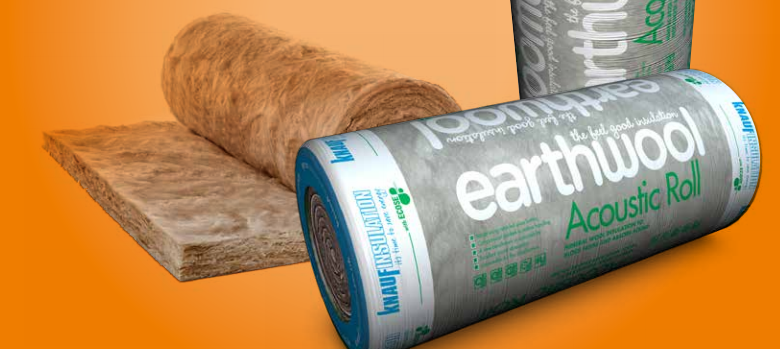
Acoustic slabs
Acoustic slabs are a good option for home use.
An acoustic slab is dense and blocks out noise frequencies from around the house. You can use them in conjunction with an acoustic sealant for the best noise reduction.
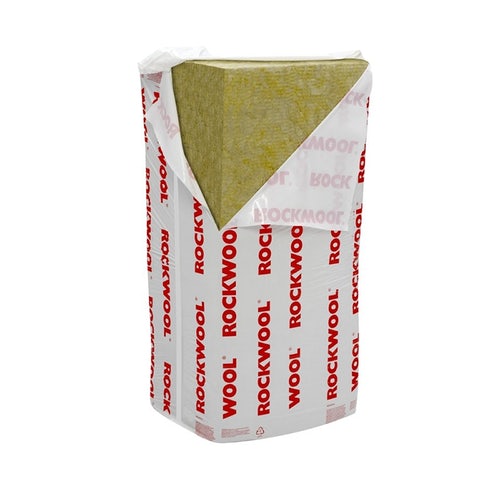
Acoustic plasterboard
Acoustic plasterboard is like the cherry on the cake for soundproofing.
To finish off soundproofing your wall, add a layer of acoustic plasterboard. In some instances, you can use acoustic plasterboard without the need for rolls or slabs. For example, if you can’t afford to lose valuable space.
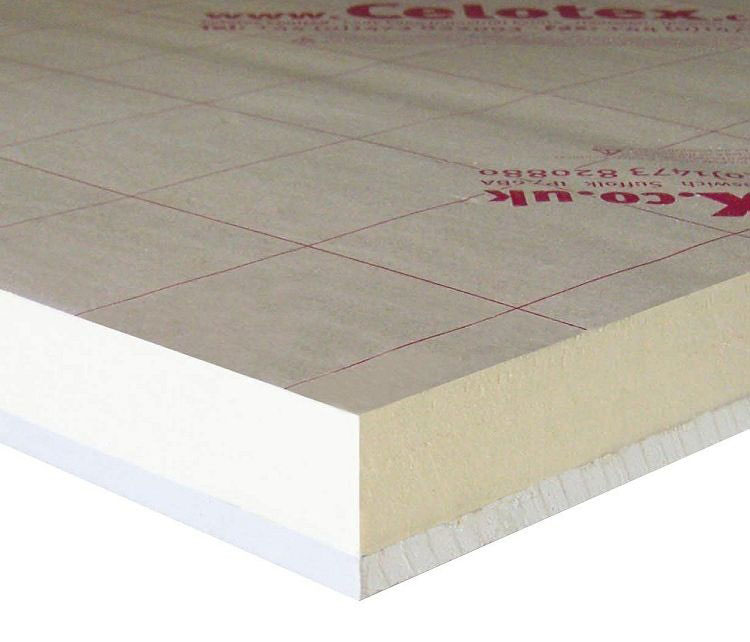
How to soundproof a wall
There’s no need to call in an expert for soundproofing a wall. If you’re a self-build pro, this is a job you can take on yourself.
The process differs slightly depending on whether you’re soundproofing an internal or external wall. Having said that, the idea remains largely the same.
How to soundproof a stud wall
First up, insulating a stud wall. As with any DIY project, acquire all the tools you’ll need for the job.
What you will need
- Insulation materials
- Safety equipment
- Screws
- Screwdriver
- Resilient bars
- Acoustic sealant
Now you’ve got your building supplies, onto soundproofing a stud wall!
Step one: Insert the acoustic roll straight onto the wall
Make sure to fit the acoustic rolls neatly between the timber studs. Then fix resilient bars across the timber stud, ensuring the fixing flange is on the bottom edge. You must fix each bar at intervals of 600mm from floor to ceiling.
Eventually, you will need to screw the plasterboard into the resilient bars. So mark the position of each bar on the adjoining wall.
Step two: Add your acoustic plasterboard
Screw on the first layer of the acoustic plasterboard. Make sure to leave a 3 mm gap around the edges of each piece of plasterboard. Then glue on a soundproofing mat before adding a second layer of plasterboard. Remember to screw it into the resilient bars and not the timber frame.
Step three: Finish your insulation fitting
Apply an acoustic sealant around all gaps and holes. Then refit the skirting boards and decorate your newly soundproofed wall.
How to soundproof an external wall
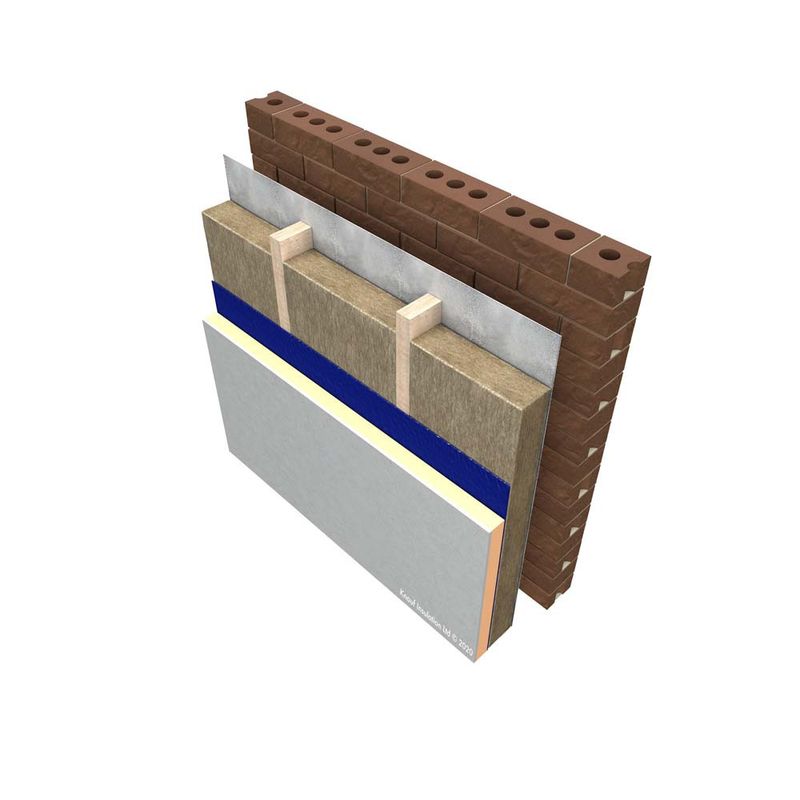
Soundproofing external walls isn’t always a must. That’s why you need to investigate how the sound is penetrating your property before you do so.
External walls are thicker than internal walls and don’t often tend to be the problem because of that. Instead, you may find the culprit is something different during your investigation. This could be an air brick, poorly sealed door or single-glazed window letting the noise in.
You can seal air bricks with sound-dampening gel. Alternatively, secondary glazing and double glazing can combat sounds sneaking through window panes.
Cheaper alternatives are available, like window plugs or shutters. Great solutions for rented properties, in particular.
Now, if you live in a semi-detached or terrace house and excessive noise is coming through the party wall, you may need acoustic insulation.
So, how do you complete external wall soundproofing? First, gather what you need:
- External soundproofing material (i.e. insulation material)
- Safety equipment
- Screws
- Screwdriver
- Resilient bars
- Acoustic sealant
Step one: Remove existing linings and thoroughly inspect the part wall
You may need to render the wall. If it looks like it’s in good condition, then add vertical timber battens straight away.
Step two: Install Maxi resilient bars
Make sure to fit these bars horizontally from top to bottom at 600mm intervals. Then you can place insulation slabs between each bar.
Step three: Add a layer of maxiboard
This layer of 17mm maxiboard should screw directly into the resilient bars. Make sure there is a small gap between where it meets the ceiling and adjoining walls. You should then fill these gaps with a low-modulus silicone sealant.
Step four: Finish your insulation fitting
Finally, fit a layer of acoustic plasterboard over the maxiboard. You should be able to screw the boars into the resilient bars. Then finish the final layer using conventional plastering techniques and then decorate the space to your requirements.
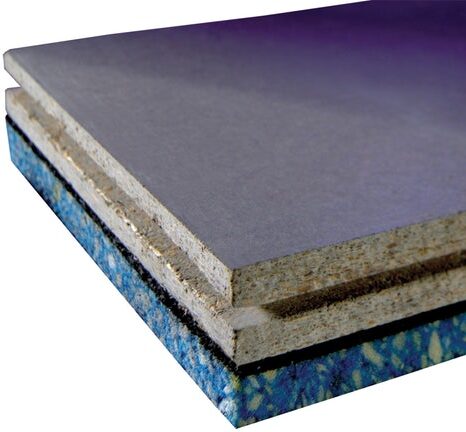
Where to buy acoustic wall insulation
If you need soundproof wall insulation, look no further than Insulation Superstore! Explore our wide range of solutions to find the best soundproof wall insulation for your property and start soundproofing walls today.















